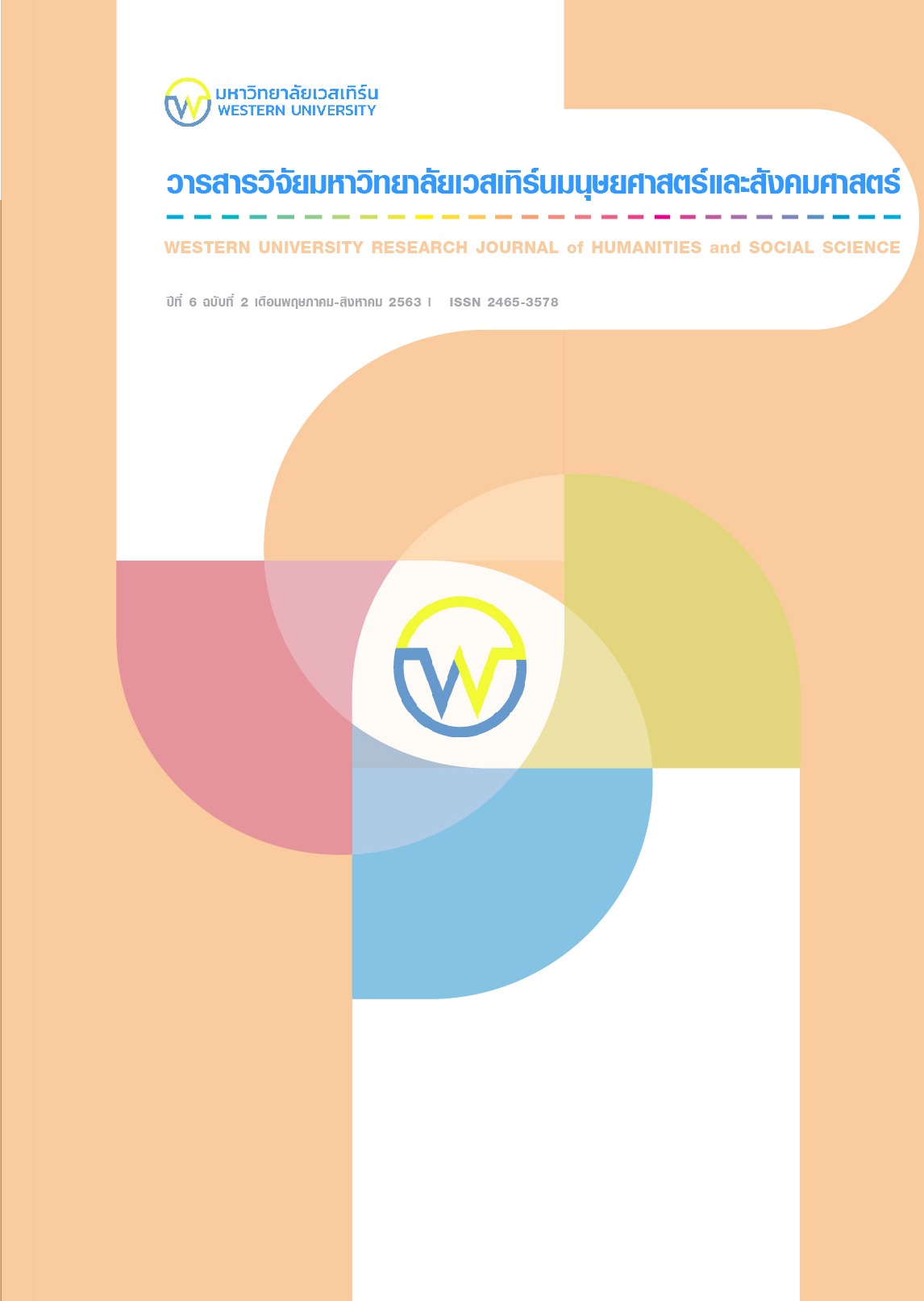Communication Innovation and Lifelong Learning of the Elderly
Main Article Content
บทคัดย่อ
Thailand is reaching the Aging Society like the other countries globally. When elderly people retire from work, they will encounter many changes like Physical changes, Psychological and emotional, and social changes. These changes can cause them many problems. They will feel lonely, melancholic as well as stressful, etc. To avoid these problems they will encounter, lifelong learning seems to be questioned together with the technological world. How could we utilize technology to lead to the happiness of them? According to the literature review, many countries emphasize more the elderly and attempt to find the best way for the elderly after retirement. It can be concluded that they include Thailand reach the same goals and try on applying communication innovation with lifelong learning methodology with the elderly.
Article Details
เอกสารอ้างอิง
Cropley AJ. (1977). Lifelong education: A psychological analysis. New York: Pergamon Press.
Dave RH. (1975). Reflections on Lifelong Education and the School. (UIE Monograph III). Hamburg: UNESCO Institute for Lifelong Education.
Department of Non-Formal Education. (2000). Lifelong Education Reform: Frameworks and Strategies. Bangkok: Rungsee Printing.
Escuder-Mollon, P., Cabedo, S. (2013), Education and quality of life of senior citizens.Publisher: Universitat Jaume I.
Kanchana Kaewthep and Nikom Chaiyaphon. (2012). New Media Study Guide. Bangkok: Print Limited Partnership.
Ketpitchayawattana, Jiraporn. (2006). Active Aging Research Program: Case Studies in the Known Elderly in the Society. Office of Health Promotion Fund.
Kirana Somwatsan and Kulthip Sadtrarujee. (2016). National Academic Year 2016 Conference on Communication Arts and Management Innovation. National Institute of Development Administration.
Leung, Dion & Liu, Ben Chi-Pun. (2011). Lifelong Education, Quality of Life, and Self-Efficacy of Chinese Older Adults. Educational Gerontology. 967-981.
Malinee Wongsith and Siriwan Siriboon. (2001). Civil Society and Supporting the Elderly. Photocopy .College of Science at Chulalongkorn University.
Nattanun Siricharoen. (2015). A Case Study of the Use of New Media through Social Media on Smartphone to Improve Quality of Life for Elderly with Family Members in New
Zealand Veridian. E-Journal Slipakorn University, The Thai version Humanities Social Sciences and Arts, 8th Year, Issue 3, September - December.
Office of National Education Commission .(1999). The National Education Act, the year 1999. Office of National Education Commissions.
Office of National Education Commission .(2010). The National Education Development Plan years 2009–2016. Office of National Education Commission.
Office of Non-formal and Informal Education Promotion. (2008). The Non-formal and Informal Education Promotion Act. Office of Non-formal and Informal Education Promotion.
PhenKae Prajonpatjanuk. (2001). Psychology of the Elderly. Journal of Education Science, 2 (1-3), January – December, 48-53.
Prachonpatchanuek, P. (2007). A research report on lifelong education and learning Management for the preparation of Thai active aging development. Bangkok,
Office of Health Promotion Fund.
Sanong Lohitwiset. (2001). Philosophy of Adult Education and Non-Formal Education. Department of Adult Education Faculty of Education at Srinakharinwirot University.
Sarinda Noisuk. (2002). Social Support of the Elderly who Receive Services in Psychiatric Clinics. Independent Study. MNS (Mental Health and Psychiatric Nursing). Graduate School Chiang Mai University. Photocopying.
Sumalee Sungsri. (1997). Non-formal Education for the Elderly by Applying Distance Education. Nonthaburi. Department of Education Sukhothai Thammathirat Open University. Photocopy.
Watcharapol Viboonsarin. (2013). Innovation and Thai Language Teaching Media. Chulalongkorn University Press.
Worawut Phakdiburuth. (2017). Innovative Communication for Managing the Corporate Brand of Thai Commercial Banks. Case Study: Siam Commercial Bank Public Company Limited, Vol. 37, No. 1 January-June. 36-44.


